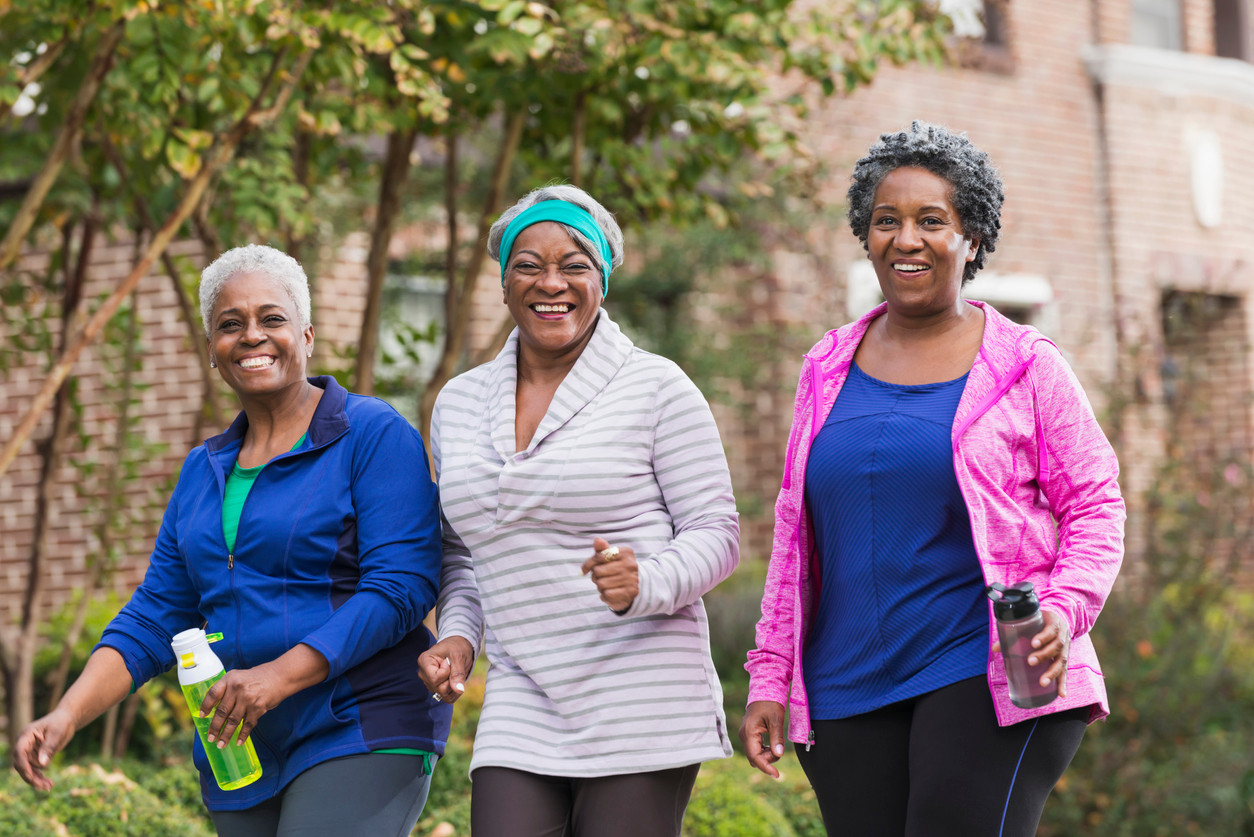Low-Impact Cardio: The Benefits for Your Body and Joints
Learn about the benefits of low-impact cardio, and the workouts physical therapists recommend.
$0 cost to you
Published Date: Aug 22, 2024
Table of Contents
At-Home Low-Impact Exercise Moves
Want expert care? Check if you're covered for our free program →- Squat
- Mountain Climber
- Lunge
- Bridge Curl
- Forward Step Up
- Plank Shoulder Taps
- Monster Walk
- Dead Bug
